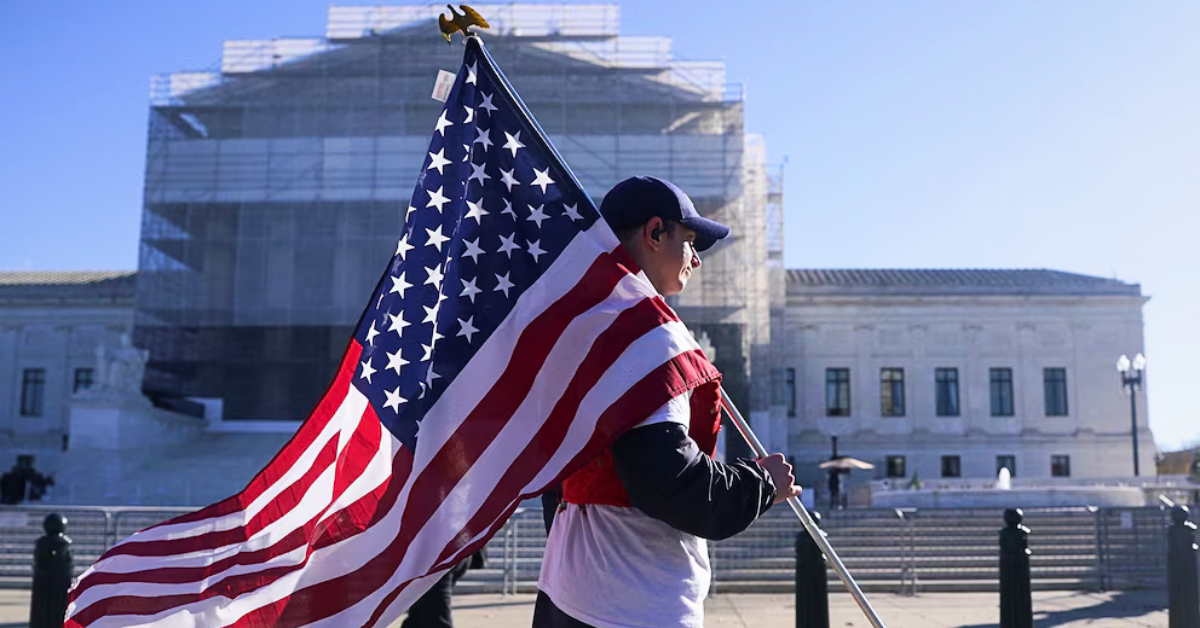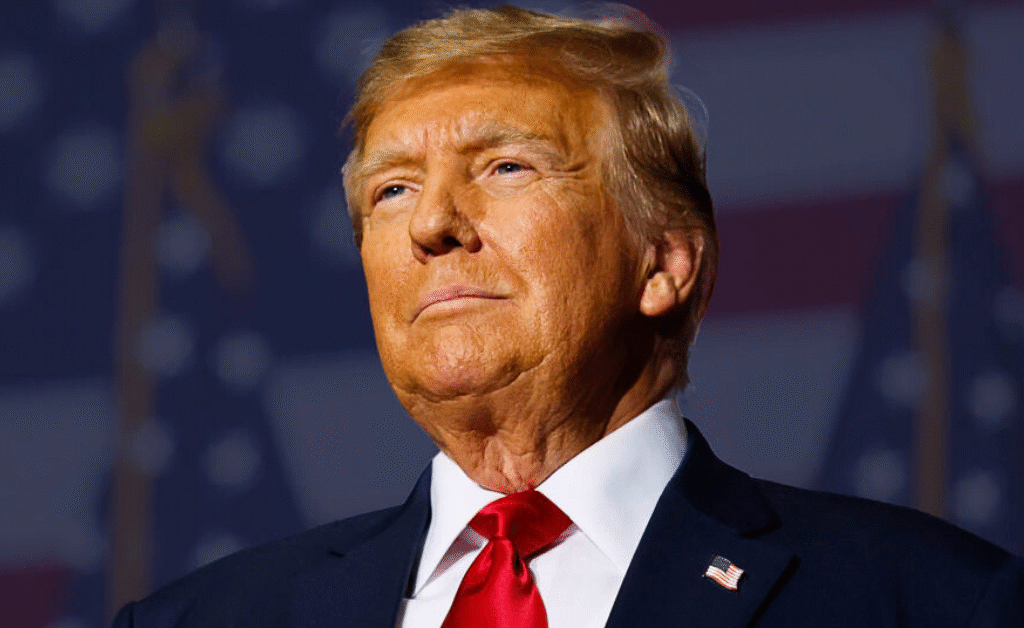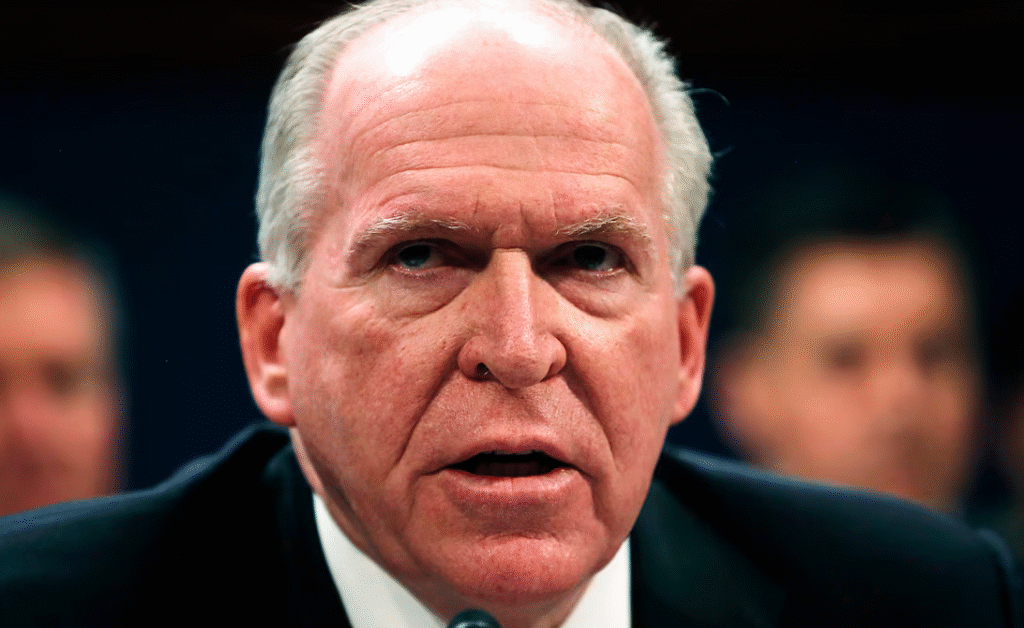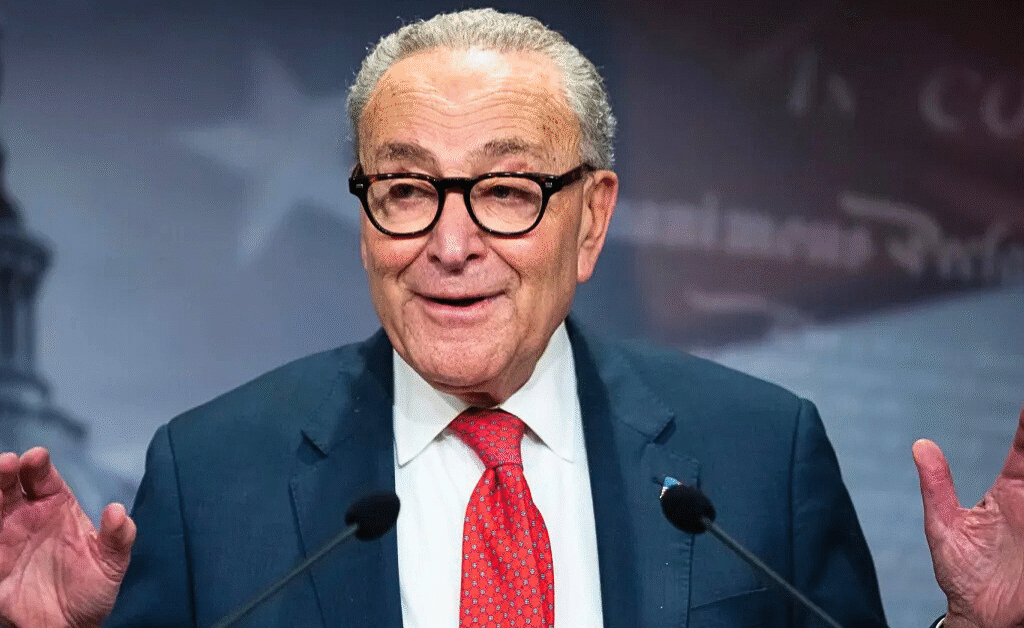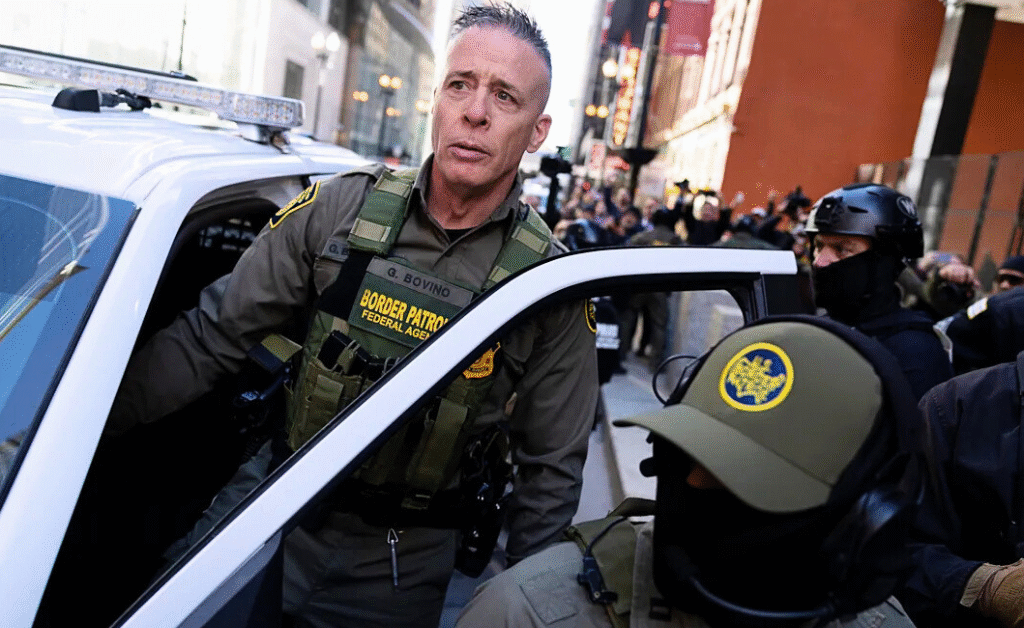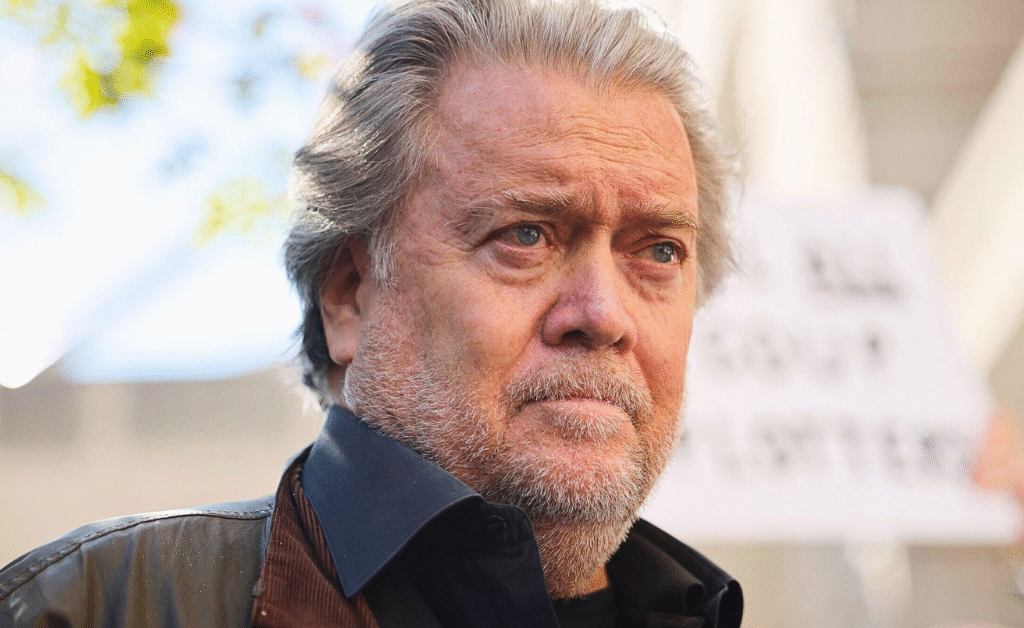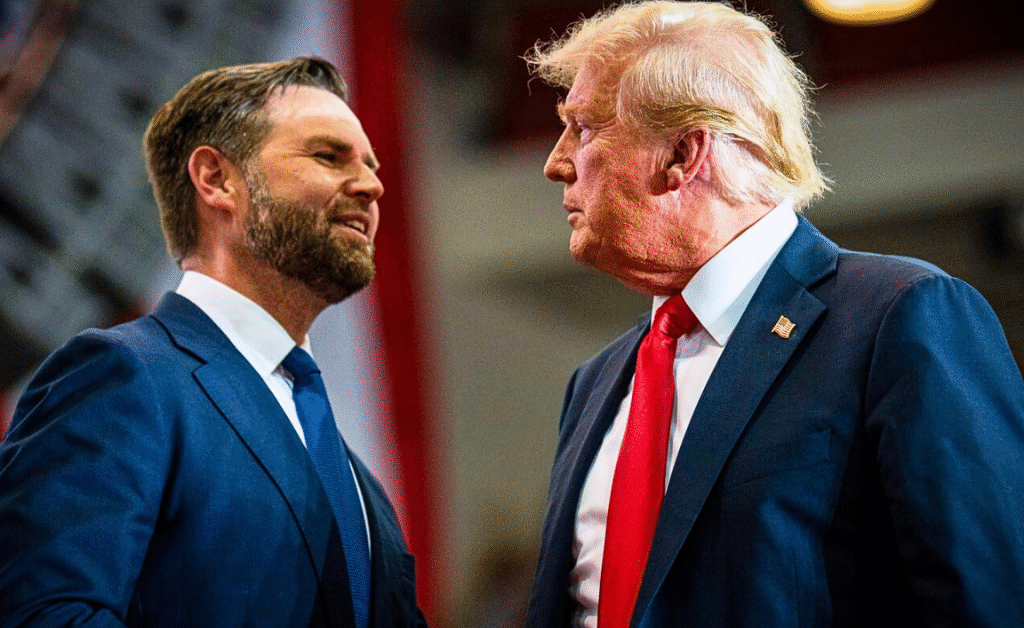- Supreme Court paused full SNAP payments via an emergency administrative stay, leaving nearly 42 million beneficiaries facing immediate benefit uncertainty.
- Some states (e.g., New York, California) are covering shortfalls, but many states lack resources, driving food banks and families into deeper crisis.
In a late-night move that sent ripples of worry across kitchen tables from coast to coast, the U.S. Supreme Court on Friday evening slammed the brakes on full payments for the Supplemental Nutrition Assistance Program (SNAP), better known to millions as food stamps.
The decision, tucked into an emergency order amid the nation’s grinding government shutdown, leaves nearly 42 million low-income Americans staring down another week of uncertainty over whether they’ll have enough to put groceries in the fridge.
It’s the kind of headline that hits hardest in the places it hurts most: rural diners in the Midwest where the lunch rush has already thinned out, urban food banks in New York and Los Angeles stacking canned goods higher than ever, and single parents in Texas juggling part-time gigs with the dread of empty pantries.
The FrankNez Media Daily Briefing newsletter provides all the news you need to start your day. Sign up here.
As the shutdown—now stretching into its record-breaking third week—drags on, this ruling isn’t just legalese; it’s a stark reminder of how federal gridlock turns into personal hardship.
The Gavel Falls: A Quick Breakdown of the Drama
Let’s rewind just a bit to make sense of the chaos. It started in a Rhode Island federal courtroom, where U.S. District Judge John J. McConnell Jr. stepped in like a referee calling foul.
Earlier this week, he ordered the government to cough up full SNAP funding, insisting payments had to hit recipients’ accounts by Friday night.
No ifs, ands, or budget buts—the judge saw the shutdown as no excuse to shortchange families relying on these benefits to eat. Enter the Trump administration, which wasn’t about to let that stand.
They raced to the Supreme Court with an emergency appeal, arguing that forking over the cash would force a frantic $4 billion transfer “by tonight” just to keep SNAP afloat through November.
The High Court, in a terse order penned by Justice Ketanji Brown Jackson, sided with the feds—for now.
“The applicants assert that, without intervention from this Court, they will have to ‘transfer an estimated $4 billion by tonight’ to fund SNAP benefits through November,” Jackson wrote, adding that the pause was needed “to facilitate the First Circuit’s expeditious resolution of the pending stay motion.”
This isn’t a full stop; it’s an “administrative stay,” a legal breather that kicks the can to the First Circuit Court of Appeals. But in the meantime? No full payments. Some folks might see partial benefits trickle in, others nothing at all, depending on how states scramble to fill the gap.
And with Thanksgiving looming like a bad omen, the timing couldn’t feel more cruel.
Voices from the Front Lines: Anger, Defiance, and a President’s Parting Shot
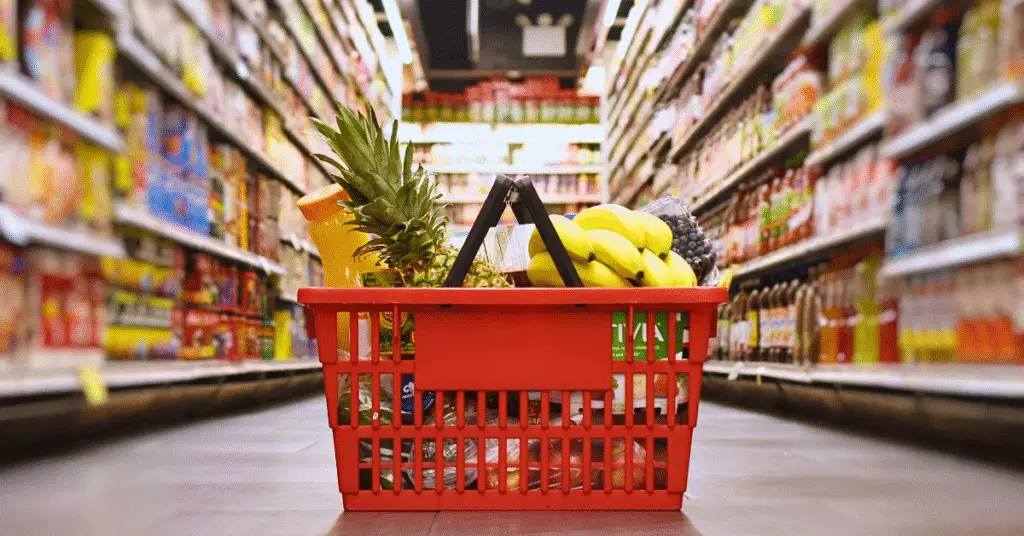
The reaction poured in faster than a Black Friday stampede.
Democratic governors, long at odds with the administration over the shutdown’s fallout, didn’t mince words. New York Gov. Kathy Hochul fired off a vow on X that echoed through news feeds: “I’ve just directed state agencies to fully fund federal SNAP benefits for November. President Trump’s actions have been senseless and un-American.
I’ll never stop fighting for New York’s families.”
Over in California, Gov. Gavin Newsom matched the fury, posting: “Donald Trump is now going all the way to the U.S. Supreme Court to take SNAP food benefits away from Americans in need. California won’t back down in court from supporting the tens of millions of Americans the Trump Administration seemingly wants to starve.”
Their pledges aren’t empty talk. New York and California, home to millions of SNAP users, are dipping into state coffers to cover the shortfall— a move that’s as much political theater as practical lifeline. But not every state has that luxury.
In red-leaning corners like Oklahoma or Kentucky, where SNAP enrollment has spiked 15% since the shutdown began, officials are left wringing hands and hoping for federal mercy.
And then there’s former President Donald Trump himself, weighing in from his Truth Social perch earlier this week with a blast that tied the whole mess back to partisan score-settling.
“SNAP BENEFITS, which increased by Billions and Billions of Dollars (MANY FOLD!) during Crooked Joe Biden’s disastrous term in office (Due to the fact that they were haphazardly ‘handed’ to anyone for the asking, as opposed to just those in need, which is the purpose of SNAP!), will be given only when the Radical Left Democrats open up government, which they can easily do, and not before! Thank you for your attention to this matter. President DJT,” he wrote.
Trump’s jab frames SNAP as a bargaining chip in the shutdown standoff, but for recipients, it’s no game. Food pantries report a 20% uptick in visits this month alone, with lines forming before dawn.
One mom in Providence, Rhode Island—ground zero for the original lawsuit—told local reporters she’s already rationing milk for her kids, wondering if the judge’s bold stand will hold up long enough to matter.
Zoom out, and the numbers tell a story of quiet desperation. SNAP isn’t just a check; it’s the difference between a balanced meal and scraping by on ramen. That 42 million figure?
It includes 20 million kids, 8 million seniors, and a growing slice of working poor hit hard by inflation and layoffs. During past shutdowns, benefit delays led to a 10% spike in emergency food aid requests, per USDA data.
This time, with the impasse deeper and darker, experts fear worse. Advocacy groups aren’t sitting idle. The Food Research & Action Center fired off a statement Saturday morning, calling the stay “a heartbreaking delay that punishes the most vulnerable.”
They’re rallying for congressional action, but with Capitol Hill frozen in finger-pointing, it’s a tall order.
What’s Next? A Ticking Clock and Tough Choices
So where does this leave us? The First Circuit has a hot potato now—expect a ruling soon, maybe days, that could flip the script. If they lift the stay, those $4 billion in payments flood back in, easing the squeeze.
If not, states like Hochul’s and Newsom’s become the de facto safety net, while others play catch-up with IOUs and charity drives.But peel back the layers, and this is bigger than one program.
It’s a symptom of a fractured system where essential aid becomes leverage in budget brawls. Remember the 2018-19 shutdown? It cost the economy $11 billion and pushed 140,000 kids into poverty.
Economists warn this round could double that if it stretches into December. For now, families are hunkering down. Community fridges are popping up in parking lots, apps like Olio are buzzing with shared leftovers, and churches are hosting “shutdown suppers.”
It’s resilience, sure, but it’s also exhaustion—the kind that builds resentment one missed meal at a time. As the sun rises on day 22 of this mess, one thing’s clear: SNAP’s fate isn’t just about food.
It’s about whether America remembers that hunger doesn’t take holidays, shutdowns, or stays. And in the quiet hours before the next ruling, that’s the story echoing loudest.
Also Read: A DOJ Whistleblower Now Makes Revelation That Undermines the Judicial System’s Integrity


